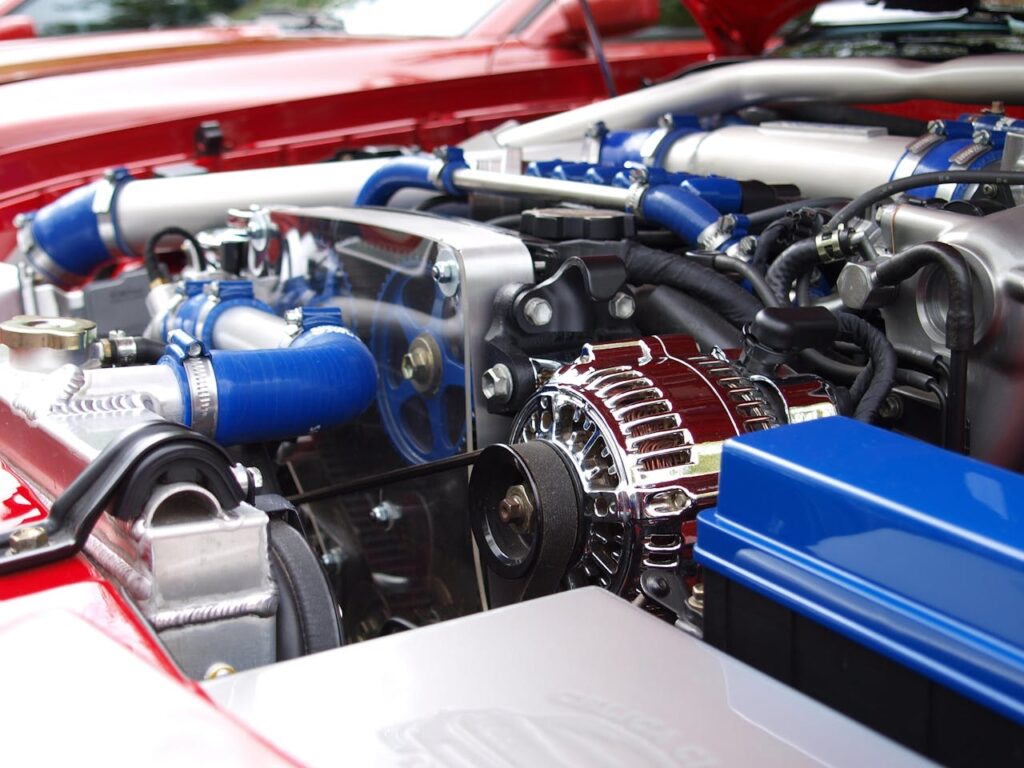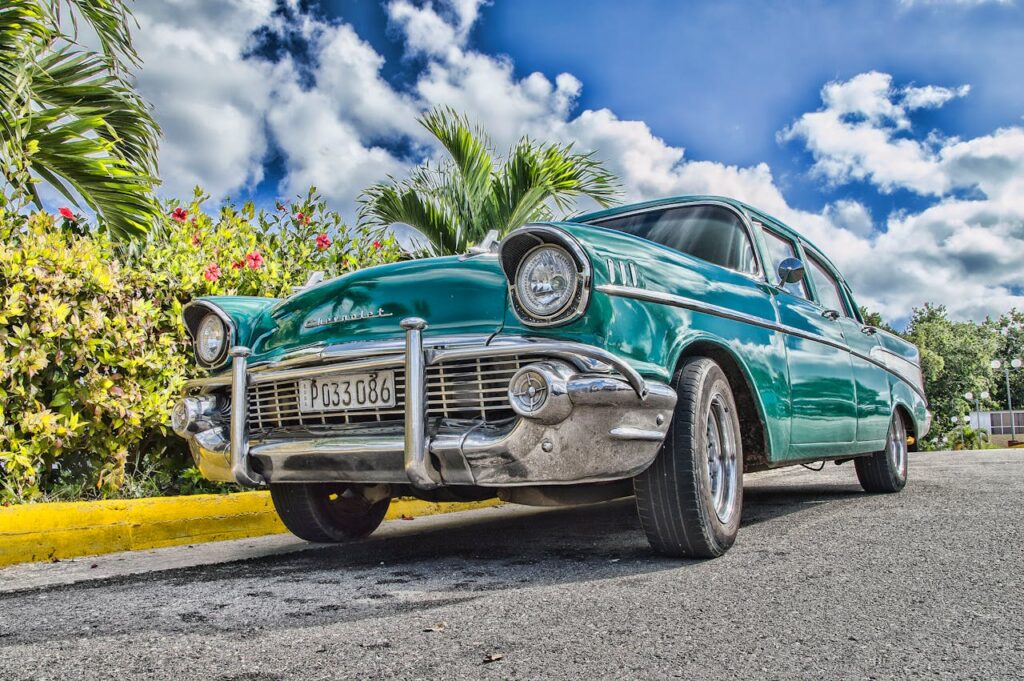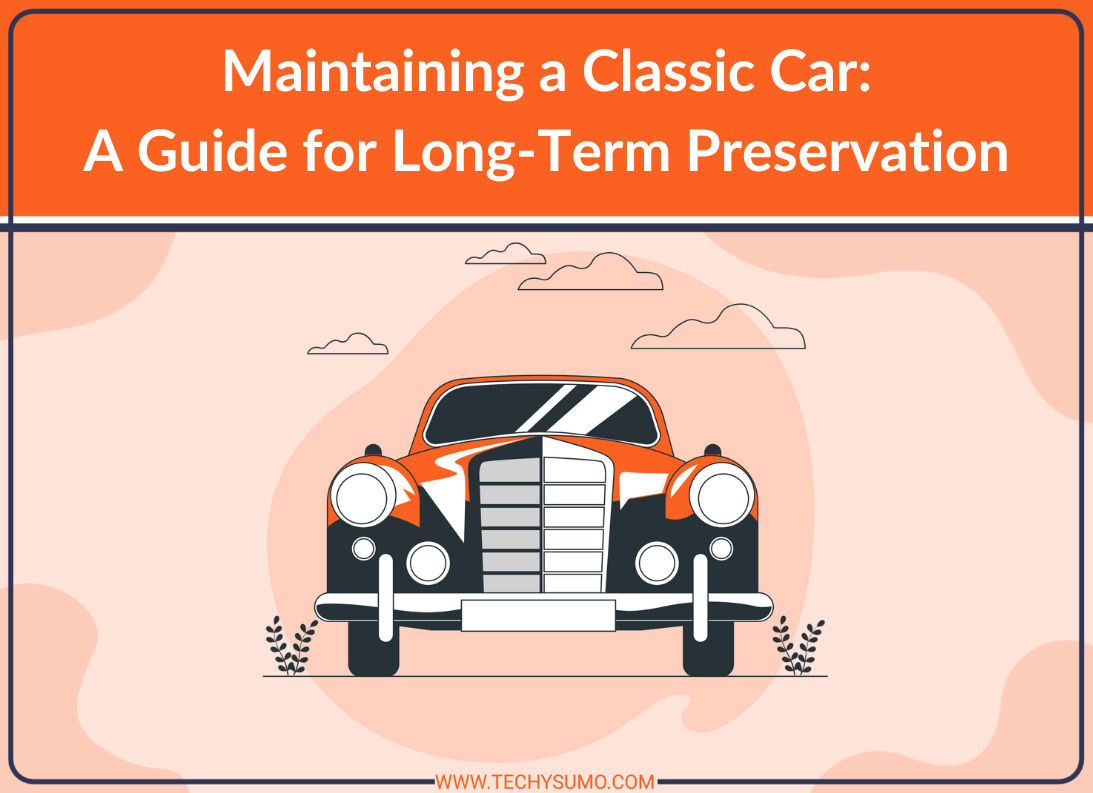It is the responsibility and privilege to own a classic vehicle. Vintage cars do not require the same care as modern cars because they require care and knowledge of how to take care of them, and dedication to preserving them. Properly maintained, these automotive gems not only stay attractive but also increase in value with time, provided they are well-kept.
Table of Contents
Why Consistent Maintenance Is Essential
The classic engines and parts have different tolerances from the modern ones. Lack of care welcomes rust, wear and tear and expensive breakdowns. This is why it would be beneficial to collaborate with a reliable platform such as CarMoney to spend money more efficiently, especially when money depends on finance. In knowing the probable cost of upkeep, the owners can make realistic plans and will not be caught by surprises.
Schedule Regular Oil Changes
Lubrication in the engine is the blood of any vehicle, and in old vehicles, as the tolerances are more. Apply high-zinc oil mixtures that are used in old engines and replace them sooner than you would with newer models. Unless the car is used frequently, there is no need to wait until the mileage reaches a certain point; time is a sufficient factor to deteriorate oil.
Keep Fluids Fresh & Monitored
Vintage systems lack the advanced warning systems seen in newer vehicles. That makes it crucial to flush brake lines every couple of years and monitor coolant levels regularly. Inadequate cooling leads to warped heads or gasket failure.
Gearbox & Differential Lubricants
Owners often overlook gearbox oil and rear-axle fluid. These play a silent but critical role in driving quality. Check specifications carefully—classic vehicles require different viscosity ratings than modern equivalents.
Also Read
Protect the Battery & Wiring

Classic cars stored for long periods suffer from battery drain. Keep a smart charger connected to maintain battery health without overcharging.
Inspect Wiring for Age
Original looms degrade over decades. Fragile insulation or corroded terminals can cause shorts. Consider rewiring if signs of wear appear, especially in high-heat zones.
Store It Like a Showpiece
A breathable, dust-resistant car cover prevents micro-scratches and discourages moisture buildup. Avoid plastic or tarpaulin—those materials can trap humidity and accelerate corrosion.
Control the Climate
Where possible, store your vehicle indoors in a well-ventilated garage. Consider using a dehumidifier to prevent mould or rust. For outdoor storage, elevate tyres slightly and use waterproof wheel protectors.
Tyres & Suspension Need Love Too
Tyres can develop flat spots if left stationary. Rolling the vehicle periodically—even just a few feet—keeps rubber in shape and bearings lubricated.
Inspect Bushings & Shocks
Suspension components perish over time. Cracked rubbers, weakened dampers, and tired springs can reduce ride quality and compromise safety. Replacing worn elements helps preserve handling characteristics true to the original design.
Budget for the Unexpected

Classic cars do not support clean servicing schedules. Cost of ownership is influenced by rare parts, specialised labour, and the availability of parts, which are subject to change. Pay it out over time, by establishing a reserve fund or by including ongoing maintenance within the initial financing deal. This is particularly applicable to people who use sites such as CarMoney to finance cars over the long term, and in a responsible manner.
Your Car Deserves Respect
Maintaining a classic car is a passion and patience. As long as you do proactive maintenance, careful storage, and financial planning, your vintage investment will be something you will be proud of for years to come. A well-maintained classic is not merely a car; it is a moving history that repays the efforts with timeless beauty and performance.






